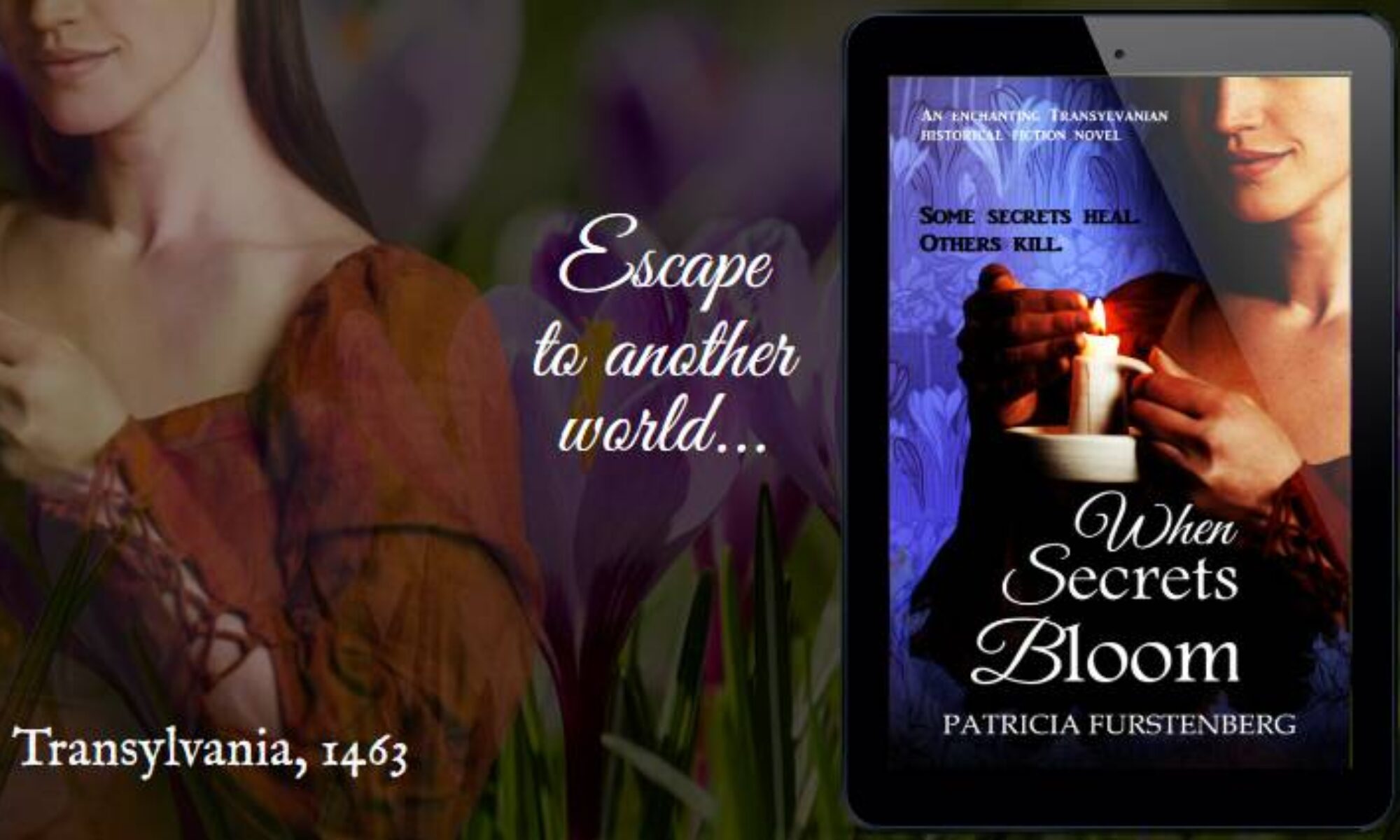I am researching again, a task both exhilarating and overwhelming as I have to sieve such fascinating information and only retain the story bits that I need. I want to learn about Medieval women, especially, in the belief that women can write about war as well as take part in it. Mark Twain said: “The very ink with which history is written is merely fluid prejudice.” Hmm. So, here’s a bit of my research: Convents, the religious life of Medieval Women.
While most of us live in an era where women have freedom of speech, the right to education, to own a property, to a fair and equal wage and a life free from slavery and discrimination, let us remember that this wasn’t always the case.
After centuries-old prejudice against education for women the beliefs that women were not capable of learning or likely to use an education, medieval women had few choices and little support with regards to their own lives. When the average life expectancy was only 31 years, girls as young as 14 years were considered ripe for marriage, having no say no matter their intellectual or religious aspirations. Still, a few women resisted.

Why Convents?
Convents were the first institutions to rise in the Early Middle Ages, mimicking closely the rise of monasticism in the West of Europe, from a desire to enhance celebrations of God and to expand Christianity. They came at the right time to meet the women’s need for education or for furthering their religious aspirations.
Saint Scholastica, the sister of Saint Benedict, dedicated herself to God from an early age. She spent her life in the company of other religious women and is considered the founder of the first convent during the 5th century, the women’s branch of Benedictine Monasticism. Scholastica came from a wealthy family, having the means to support herself while pursuing her religious dreams without the shadow of a forced marriage looming over her youth.

Two centuries later the Canon laws, a set of ordinances made by the Church leadership, supported furthering the education for girls and women, directing the abbesses and the abbots to cultivate a love of reading in their communities and all members of its religious societies, male and female, to be literate in Latin.
Why join a convent?
During the Middle Ages, girls of seven years of age were sent by their families to a nunnery to gain an education until the age of 14 when they were expected to get married. Few girls dedicated their life to God to pursue a calling, like Christina of Markyate, a 12th century religious Englishwoman with visionary powers who, having made a vow of virginity in her youth and determined to resist marriage, fled to the protection of local hermits. A community of virgins grew around her, while through her spiritual and managing abilities she became the prioress of a flourishing Benedictine convent.
Some women saw in convent life the only way of pursuing their learning interests. There were also those who joined a convent to escape the dreary prospect of death through childbirth backed by marriage, often denigrated in favour of virginity. A virgin was respected more like a man than a married woman was.
And convents didn’t disappoint.
Scholarly nuns who rose to the rank of an abbess were treated as equals by men and their social class. Their voice, once silenced in their whisper, was suddenly heard through writings of treaties on logic or rhetoric, through music, even as advisors to popes, kings, and emperors, such as Hildegard of Bingen.

Yvonne Seale compiled a list of books for those who’d like to know more about the lives of medieval nuns.
Behind this door we will discover more about convents and the religious life of medieval women, like a convent’s curriculum. Soon. Stay tuned by subscribing to my blog posts.



3 Replies to “Convents: the Religious Life of Medieval Women 1/3”
Comments are closed.